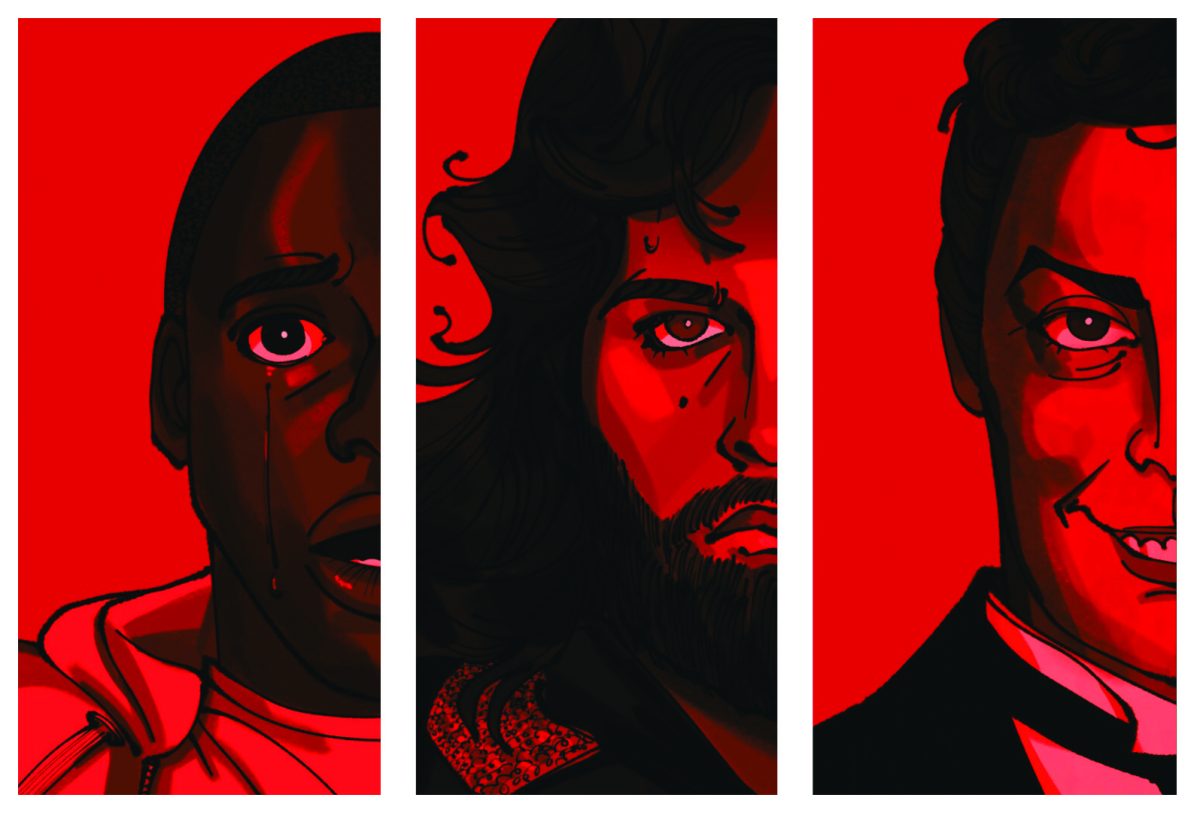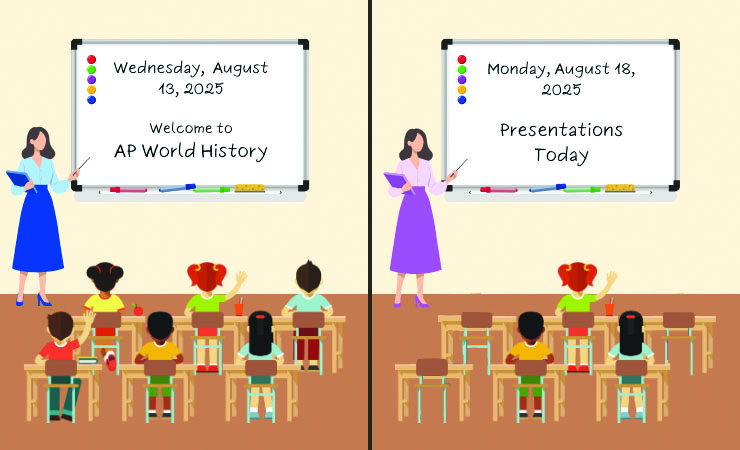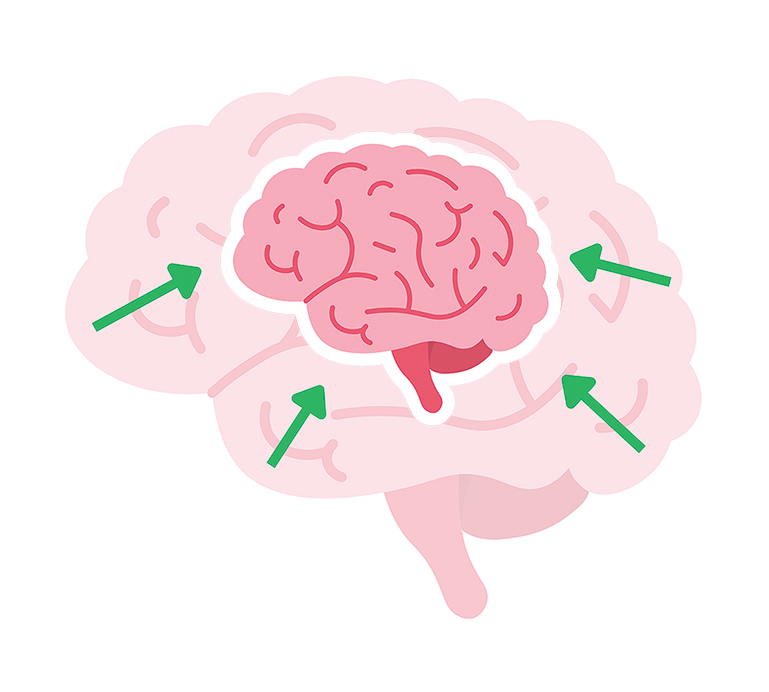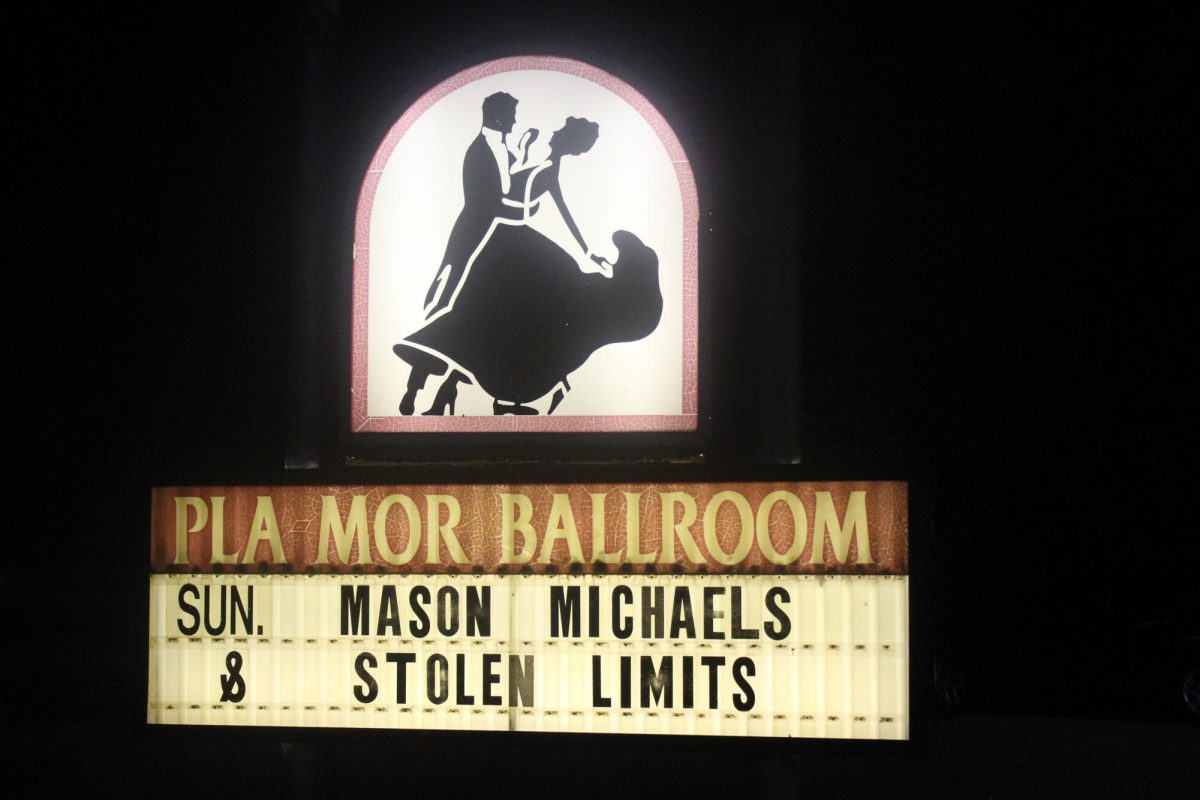The Mandela Effect
“Collective False Memories” can alter the way we see the world
March 22, 2021
In Snow White’s fairy tale, based on the Brother Grimm story, the plot revolves around a fair maiden whose looks are in competition with her evil stepmother’s. Out of all the dialog in the movie, it’s safe to say that the most remembered phrase, “mirror mirror on the wall… ” has echoed its way into many childhood memories; however, due to what’s called the “Mandela Effect”, very few will remember that The Evil Queen never actually said “mirror mirror on the wall”. Instead, she addressed the mirror as “magic mirror on the wall”.
False remembrances like these are more common than what most would think. According to a 2016 Science Daily article, nearly half of the population remember events that never happened or remember something incorrectly yet believe it to be true.
The now popularized name for this phenomenon is labeled as the Mandela Effect.
It all started when paranormal consultant Fiona Broome believed that South African President Nelson Mandela had died behind bars in the 1980s when in reality, Mandela didn’t die until 2013. Broome and many others specifically recall speeches and other events that took place mourning the former President’s death, however these events never seemed to have happened.
This idea of collective false memories was born and since then, the world has been baffled at how many examples there are of incorrect remembrances in our everyday lives.
Looking back at the Snow White example, it’s easy to see how the words ‘magic’ and ‘mirror’ could be flipped, so if you missed that, don’t feel too bad because you’re not alone. In a recent survey of 225 random Lincoln Southeast (LSE) students and staff members, only 74 got it correct.
LSE junior Alden Zabawa believes that one of the reasons why questions comparing logos and phrases gets missed so often is due to the lack of attention given to those details.
“I pay attention to logos I’d like to think as much as the next person, not that much. I feel like after a certain amount of time surrounded by media that I just know what’s going on,” Zabawa said.
With so many instances in our everyday lives where our memories are false, the question of how and why this happens on such a large scale can be investigated.
According to Healthline’s March 13, 2020, article titled “The Mandela Effect: How False Memories Occur”, author Rachel Nall found that there are many theories as to why false memories occur. According to some conspiracy theorists, the Mandela effect is an example of alternate universes present in society.
Nall also found that “some doctors believe the Mandela effect is a form of confabulation. A common analogy for confabulation is ‘honest lying’. A person creates a false memory without intending to lie or deceive others. Instead, they’re attempting to fill in gaps in their own memory.”
This theory is loosely based around the example of an eyewitnesses’ testimony as they may fill in their story with inconsistencies to create a clearer picture for themselves. While they might not be trying to lie, ultimately they are. If a specific eyewitness repeats this self-generated lie enough, they will eventually believe it to be reality and can spread it quickly when talked about to other eyewitnesses or people.
Even though instances like an eyewitness account is a pretty serious topic, the Mandela Effect is still affecting smaller memories such as what images and logos look like and what words are in sayings.
Different versions of an original product can be created and circulated very fast thanks to today’s technological modern age. Anyone can hop on a computer or phone and alter images to generate a similar yet different image, logo or saying. If these unauthentic representations of stores, products, movies and shows are circulated enough, the general public could then view that logo as the only correct one when it is in fact false.
In an article about the Mandela Effect from The Conversation, other theories proposed to explain how the Mandela Effect occurs include, “changes in history caused by time travellers… [and] claims that distortions result from spiritual attacks linked to Satan, black magic or witchcraft.”
While Satan, black magic and witchcraft might not be the strongest reasons to support the Mandela Effect, sometimes it is just pure logic that trips up the best of us.
An example can be found when looking at the classic childhood character, Curious George. This mystifying monkey has proved that many logos actually contradict logic. While many seem to recall that Geroge has a tail, since tails are defining traits for monkeys, it’s surprising to most to find out that he actually doesn’t and never has.
Zabawa says that by using logic to figure out what Curious George really looked like, even though it seems helpful, was actually a trap to make people envision the monkey in a different way.
“I knew that there [were] obvious things, for instance curious George might have a tail, most monkeys do. [They want] you to think that this monkey has a tail when in fact it does not have a tail,” he said.
Unlike the frequently missed Snow White question, Curious George seemed to have the best response as it had the highest percentage of correct responses. Only 48 students and staff members missed that with a whopping 227 people answering correctly.
Another example of the Mandela effect that proved to trip up fewer people than expected were Froot Loops. This tasty cereal did not have its consumers fooled as 214 people got it right.
While the test takers’ luck to choose the correct logo seemed to run out after that, many logos left them scratching their heads.
Mr. Monopoly man and his monocle, Fruit of the Loom and it’s non-existent cornucopia and the decision between Cheese-it versus cheese-itz left the 275 participants roughly getting only half right for each question.
For LSE French teacher Kristen Tangen, her experience with the quiz was similar to Zabawa’s.
Both Tangen and Zabawa said that they don’t pay much attention to logos, and that the quiz was somewhat challenging.
“I know certain logos… but sometimes I wonder if [it] has been changed or if I mis-remembered it,” Tangen said.
For Orchestra director, Maggie Delaney, she said that in the moment she didn’t find the quiz too difficult. It was after finding out the correct answers that she felt the quiz was harder than before.
“I think I found it most challenging to accept how many errors I made! The most frustrating/surprising one was the “Cheez-it” question. I’m pretty sure my kids had some for a snack the other day [so] I had just recently looked at the box,” she said.
In the future, Delaney says that she will, “probably look a them more carefully and be a little more skeptical of my own memory.”
Whether it be phrases from a classic movie to a logo on the box of your favorite snack, remembering what’s correct can be challenging. These emblems are seen and often overlooked everyday in pop culture, tripping up the best of us. If you would like to put your remembering skills to the test, take the Mandela Effect quiz and to see how well you can remember everyday logos.
All images curtesy of Good Housekeeping.










